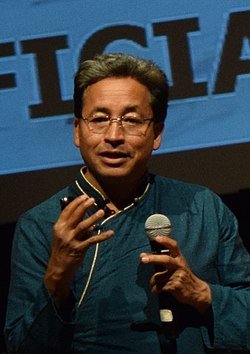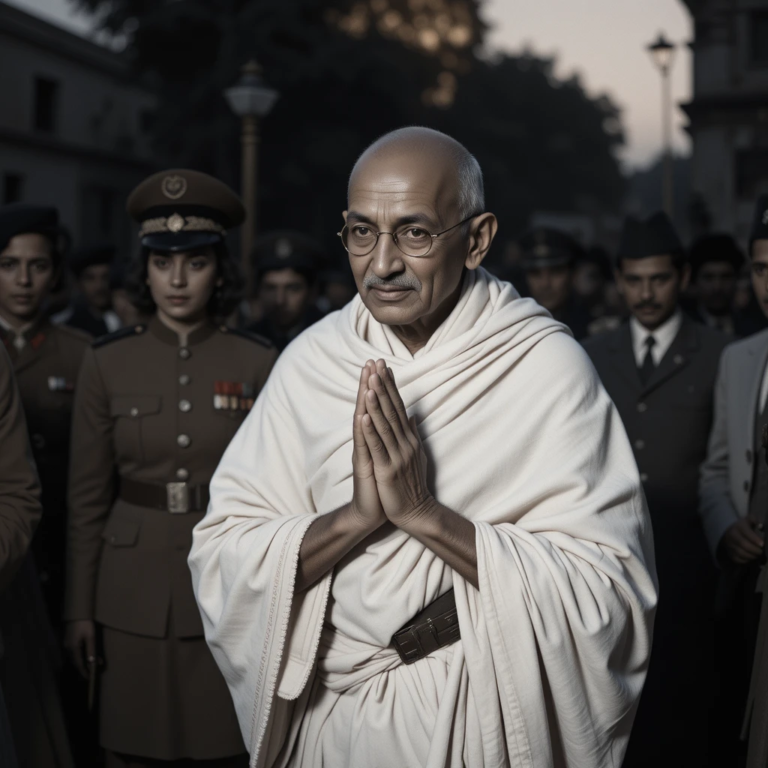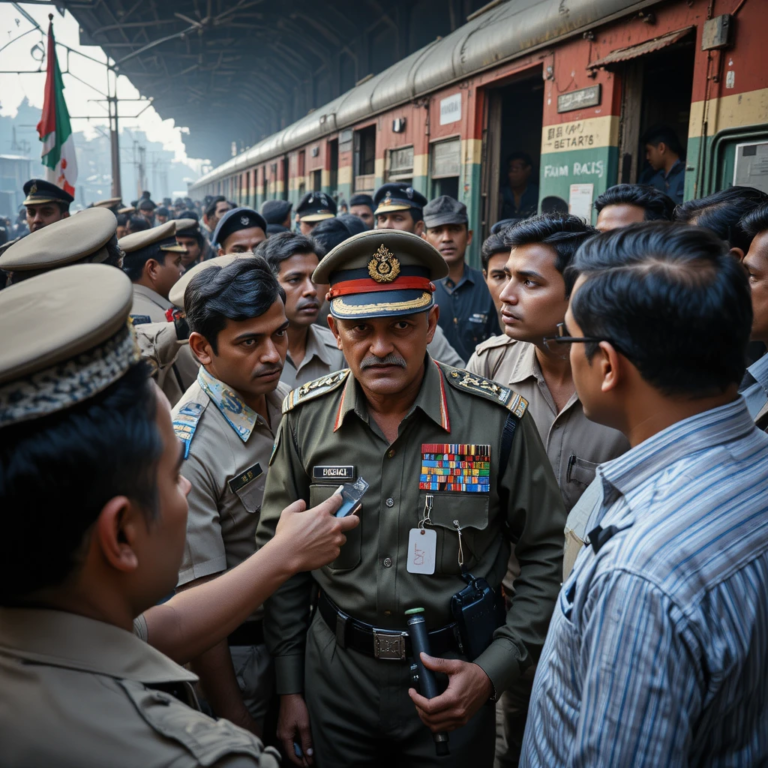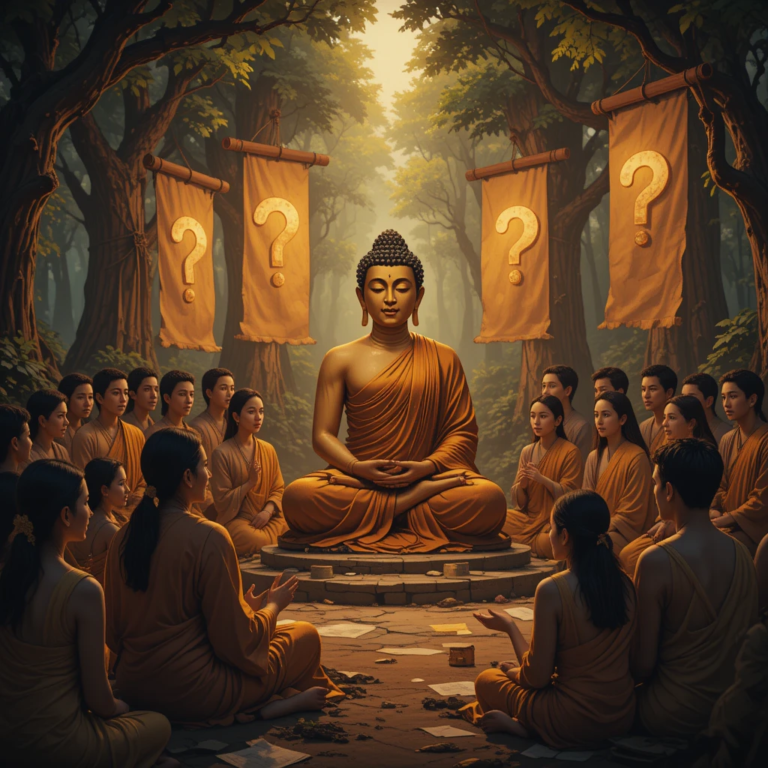The concept of “Bharat Mata” (Mother India) has long been a powerful symbol in India’s cultural and nationalist discourse. While its origins predate modern India, intertwining with literary works like Bankim Chandra Chatterjee’s Anandamath and the Swadeshi movement, it was Jawaharlal Nehru, India’s first Prime Minister, who offered a profoundly humanistic and inclusive interpretation of this term. In his seminal work, The Discovery of India, and other writings, Nehru reimagined Bharat Mata not as a distant deity or abstract nation but as the living, breathing people of India. His interactions with villagers, particularly in the rural heartlands of Uttar Pradesh (UP), reveal how he sought to bridge the gap between lofty nationalist ideals and the everyday lives of India’s peasants. This article explores Nehru’s definition of Bharat Mata, his descriptions in The Discovery of India and other works, and the specific incidents where he engaged with UP villagers, asking them, “Who is Bharat Mata?” It also compiles a list of relevant references for further study.

Table of Contents
Bharat Mata in Nehru’s Vision
In The Discovery of India, written during his imprisonment in the early 1940s, Nehru reflects on India’s historical and cultural tapestry while articulating a vision for its future. Unlike the militant or theocratic interpretations of Bharat Mata that emerged in some nationalist circles, Nehru’s Bharat Mata was grounded in the people. He wrote, “The mountains and the rivers of India, and the forests and the broad fields, which gave us food, were all dear to us, but what counted ultimately were the people of India, people like them and me, who were spread out all over this vast land. Bharat Mata, Mother India, was essentially these millions of people, and victory to her meant victory to these people.” This passage encapsulates his belief that the nation’s essence lies not in its geography alone but in its human fabric.
Nehru’s other works, such as An Autobiography and his speeches compiled in books like Who Is Bharat Mata? On History, Culture and the Idea of India (edited by Purushottam Agrawal), further elaborate this idea. He saw Bharat Mata as a unifying force that transcended regional, religious, and caste divides—a concept he actively communicated to rural audiences during his travels.
Conversations with Villagers in Uttar Pradesh
Nehru’s journeys across India, particularly in the 1930s and 1940s, were not just political campaigns but also educational missions. In Uttar Pradesh, a region central to India’s agrarian economy and political history, he frequently encountered peasants whose lives were shaped by the soil they tilled. The Discovery of India recounts a recurring scene from these travels, where he engaged villagers in a dialogue about Bharat Mata. While specific village names are not always mentioned in his writings, the context suggests interactions in the Gangetic plains of UP, possibly in districts like Allahabad (now Prayagraj), Banaras (Varanasi), or Gorakhpur—areas he frequented due to their political and personal significance.
Here’s a detailed reconstruction of one such conversation, drawn from The Discovery of India:
As Nehru arrived at a village gathering, likely in the late 1930s during the height of the freedom struggle, he was greeted with the resounding cry of “Bharat Mata ki Jai!” (Victory to Mother India). The roar came from a crowd of peasants—men and women weathered by toil, their hands calloused from working the fields. Intrigued by their enthusiasm, Nehru stepped forward and posed a question that caught them off guard: “Who is this Bharat Mata, whose victory you wish?”
The villagers, unaccustomed to such introspection, hesitated. Their faces, lined with surprise and amusement, turned to one another, searching for an answer. Nehru persisted, “What do you mean by Bharat Mata? Whose victory are you calling for?” Silence hung in the air until a sturdy Jat farmer, his voice rooted in the earth, responded tentatively, “It’s the dharti—the good earth of India.”
Nehru seized the moment to probe deeper. “What earth?” he asked. “Your village patch, or all the patches in the district, or the province, or the whole of India?” The farmer paused, unsure, and the crowd murmured among themselves. Growing impatient, they urged Nehru, “Tell us, then! Who is she?”
With a gentle smile, Nehru began to explain. “India is all this that you thought—the land, the soil you till, the rivers that water it, the mountains that guard it, and the forests that shelter it. But it is much more. The mountains and rivers of India, and the forests and broad fields that give us food, are dear to us all. Yet, what counts ultimately are the people of India—people like you and me, spread across this vast land. Bharat Mata, Mother India, is essentially these millions of people. Victory to her means victory to you, to all of us.”
As his words sank in, the villagers’ eyes widened. A spark of realization flickered across their faces, as if they had stumbled upon a profound truth. Nehru continued, “You are parts of this Bharat Mata. In a way, you are Bharat Mata yourselves.” The crowd erupted in cheers, their understanding of the slogan transformed from a vague patriotic chant into a personal connection to the nation’s destiny.
Though The Discovery of India does not specify village names, Nehru’s frequent visits to UP are well-documented. For instance, his ancestral home in Allahabad made it a hub for his political activities, and his speeches in nearby rural areas often echoed these themes. Similarly, his travels to Varanasi, a spiritual and political center, likely included such interactions. Historical accounts, such as those in Nehru: A Political Biography by Michael Brecher, suggest he addressed peasants in villages around these cities, though exact names like “Kaithi” or “Chauri Chaura” (famous for the 1922 incident) are not explicitly tied to the Bharat Mata conversations.
Significance of the Dialogue
These exchanges were more than rhetorical exercises; they were Nehru’s attempt to democratize nationalism. In rural UP, where literacy was low and colonial exploitation rife, the peasants’ worldview rarely extended beyond their immediate surroundings. By asking “Who is Bharat Mata?” Nehru invited them to see themselves as integral to India’s identity and struggle. His inclusive definition countered the narrower, religiously charged interpretations of Bharat Mata as a Hindu goddess, emphasizing instead a secular, people-centric nationhood.
Nehru’s Bharat Mata vs. RSS/BJP’s Bharat Mata: A Tale of Two Visions
Nehru’s conception of Bharat Mata as the living, breathing people of India stands in stark contrast to the Rashtriya Swayamsevak Sangh (RSS) and Bharatiya Janata Party (BJP)’s portrayal of her as a symbolic, often Brahminical figure. For Nehru, Bharat Mata was a democratic and secular ideal, rooted in the millions of diverse Indians—peasants, workers, and citizens of all faiths—who collectively embodied the nation. His emphasis was on human agency and inclusivity, as seen in his UP village dialogues. Conversely, the RSS, founded in 1925, and later the BJP, its political arm, have depicted Bharat Mata as a goddess-like entity, often visualized in saffron robes, holding a flag, and seated on a lion, evoking a Hindu-centric, Brahminical imagery. This symbolic representation emerged prominently in RSS iconography during the 1930s and 1940s, with a significant milestone in 1936 when the RSS began popularizing Bharat Mata as a deity in its shakhas (branches), aligning her with a theocratic vision of a Hindu Rashtra. Artworks and pamphlets from this period, such as those inspired by V.D. Savarkar’s Hindutva ideology, cemented her as a Brahminical goddess, contrasting sharply with Nehru’s grounded, people-centric narrative. While Nehru sought to unite through shared humanity, the RSS/BJP framework leverages her as a unifying symbol for a Hindu nationalist identity, highlighting a fundamental ideological divide that continues to shape India’s political discourse.
References and Further Reading
To delve deeper into Nehru’s conception of Bharat Mata and his rural interactions, the following books, research papers, and case studies provide valuable insights:
1. Books by Nehru:
• The Discovery of India (1946): Nehru’s reflections on India’s history and his conversations with villagers about Bharat Mata.
• An Autobiography (1936): Offers glimpses into his early political travels and evolving thoughts on Indian identity.
• Glimpses of World History (1934): Letters to his daughter Indira, contextualizing India’s place in the world, indirectly shaping his Bharat Mata narrative.
2. Compilations and Analyses:
• Who Is Bharat Mata? On History, Culture and the Idea of India: Writings by and on Jawaharlal Nehru (Edited by Purushottam Agrawal, 2019): A collection of Nehru’s speeches, essays, and excerpts, including his Bharat Mata discussions, with an insightful introduction.
• Letters for a Nation: From Jawaharlal Nehru to His Chief Ministers 1947-1963 (Edited by Madhav Khosla): Post-independence correspondence reflecting his continued focus on the people as the nation.
3. Biographies and Historical Accounts:
• Nehru: A Political Biography by Michael Brecher (1959): Details Nehru’s rural tours and political outreach in UP and beyond.
• Jawaharlal Nehru: A Biography by Sarvepalli Gopal (1975-1984, 3 volumes): Comprehensive account of his life, including village engagements.
4. Research Papers and Articles:
• “Bharat Mata Ki Jai: How Jawaharlal Nehru’s Discovery of India Offers a Peek into the Soul of India” by Purushottam Agrawal (Firstpost, 2016): Analyzes Nehru’s humanistic nationalism.
• “Rudrangshu Mukherjee reviews ‘Who is Bharat Mata?’” (The Hindu, 2019): Critical review of Nehru’s evolving views on Bharat Mata.
5. Case Studies and Cultural Studies:
• Everyday Nationalism: Women of the Hindu Right in India by Kalyani Devaki Menon (2010): Contrasts Nehru’s inclusive Bharat Mata with the Hindu nationalist version.
• “History Lesson: How ‘Bharat Mata’ Became the Code Word for a Theocratic Hindu State” (Scroll.in, 2016): Explores the evolution of Bharat Mata’s symbolism, providing context for Nehru’s reinterpretation.
• Hindutva: Who is a Hindu? by V.D. Savarkar (1923): Foundational text influencing RSS’s Bharat Mata imagery.
• The Saffron Wave: Democracy and Hindu Nationalism in Modern India by Thomas Blom Hansen (1999): Analyzes RSS’s symbolic use of Bharat Mata.
• “Bharat Mata and the Changing Symbols of Indian Nationalism” by Sumathi Ramaswamy (Visual Anthropology Review, 2001): Explores the evolution of Bharat Mata’s iconography, including RSS’s 1936 depiction.
Conclusion
Nehru’s question, “Who is Bharat Mata?” posed to the villagers of Uttar Pradesh, was a catalyst for self-awareness and collective identity. In The Discovery of India and his broader oeuvre, he redefined Bharat Mata as the millions of Indians whose lives and struggles shaped the nation. His conversations in UP villages—though not always tied to specific names—illustrate his commitment to making nationalism accessible and meaningful to the common person. The contrast with the RSS/BJP’s symbolic, Brahminical Bharat Mata, crystallized in 1936, underscores a broader contest over India’s soul—one between a pluralistic, human-centered vision and a religiously defined, exclusionary one. Today, as debates over Bharat Mata’s meaning persist, Nehru’s vision remains a touchstone for an inclusive, people-driven idea of India.




